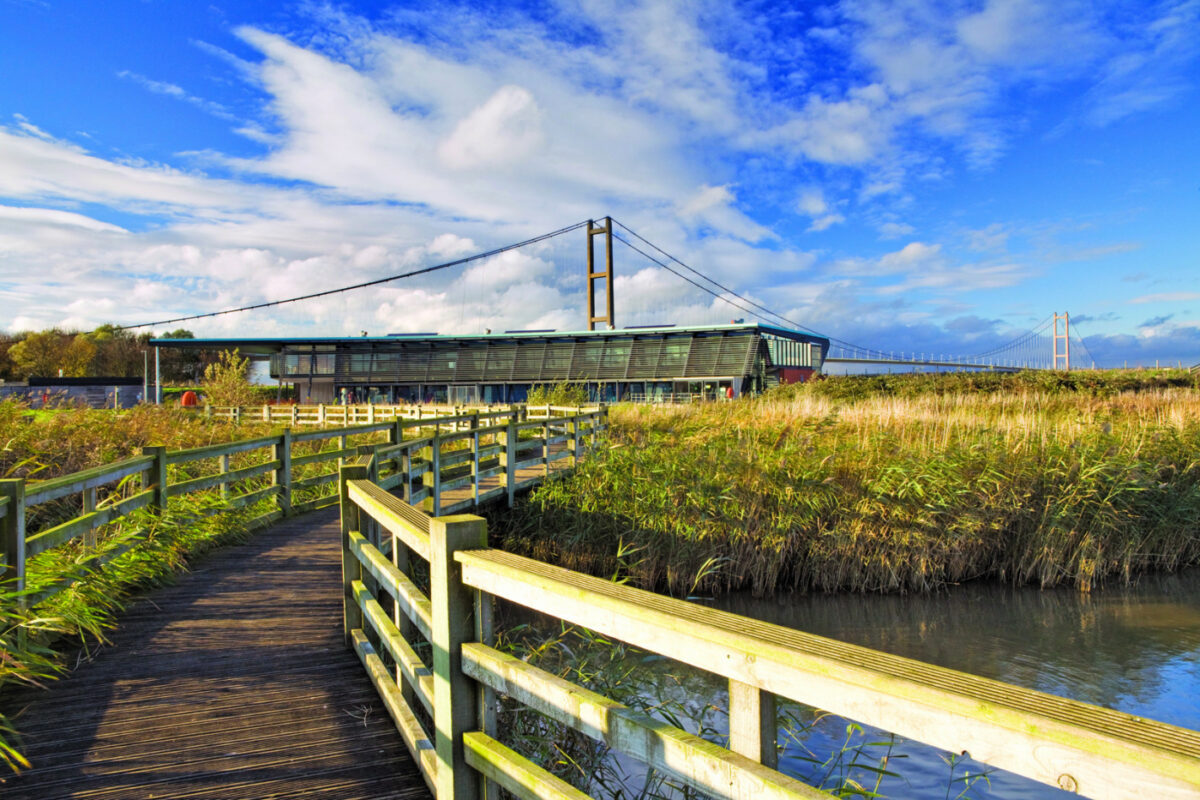Between the early 19th century and mid-20th century the site on which Waters’ Edge stands was quarried for brick and tile clay. In 1955, the last brick works were demolished, although the clay quarries to the south of the brick works are still in existence today. The remains of a number of the quarries can be seen in the form of freshwater reedbeds.
Other industries associated with the area and the site before 1874 include rope making, malt kilns and fertiliser production. By the 1950s, a larger factory was well-established on the site, making fertilisers from animal waste as well as having the facilities to make acids.
Unfortunately, over 100 years of manufacturing fertiliser had led to very heavy pollution on site. When the fertiliser plant closed in 1988 Waters’ Edge was one of the most polluted sites in Europe with acids, potash, ammonia and heavy metals contaminating the ground and water.
In 1991 the site was sold to Glanford Borough Council with the view to reclaiming the land again for industrial use. However, in 1996, North Lincolnshire Council inherited the land making the decision to decontaminate the land and create a park for public use. At this time the road was renamed from ‘Chemical Lane’ to ‘Maltkiln Road’ as it remains today. The clean-up operation cost £8.1 million and took many years to complete; the old contaminated soil was stripped back layer by layer, moved off the land and buried in a secure site. The ponds were excavated, and local topsoil from the nearby Far Ings National Nature Reserve was brought in. Thousands of reeds were hand- planted along the ponds and an area of native woodland was created.
Before and during the clean-up operation, even with the high level of pollution on site, there were areas where the wildlife started to return despite the harsh conditions. Two areas were given SSSI (Site of Special Scientific Interest) status due to the unique flora and fauna which are found here.
In 2003 it was decided to open the site to the public, making a sustainable and environmentally friendly Visitor Centre and Country Park; subsequently Waters’ Edge was opened to the public in 2006.

